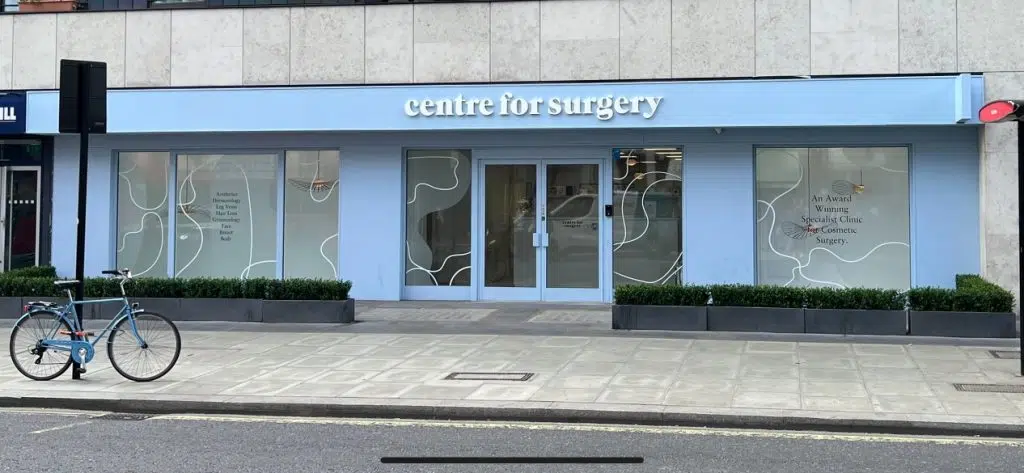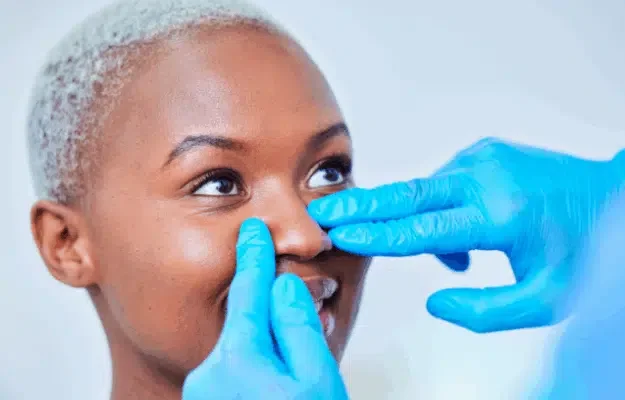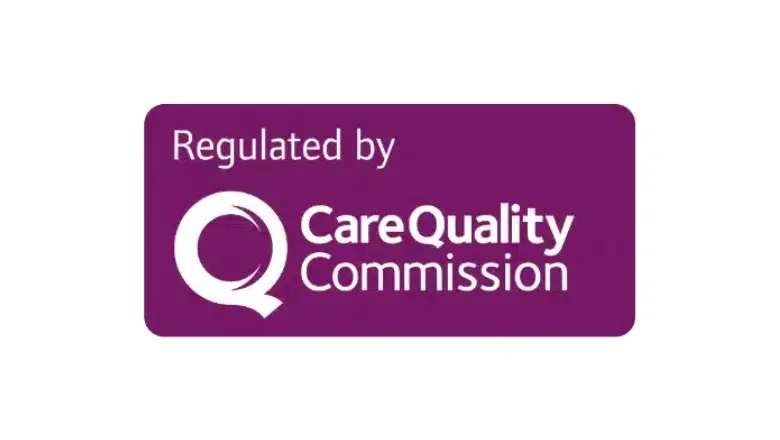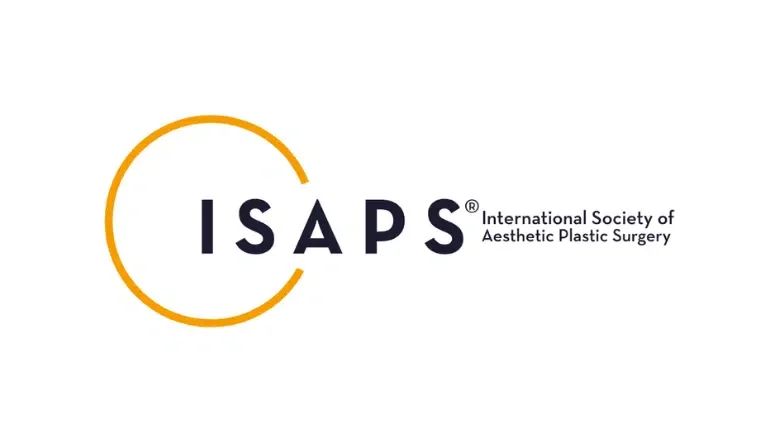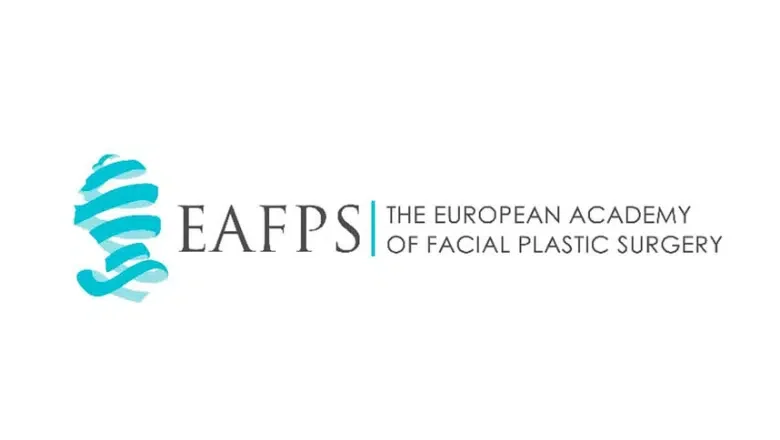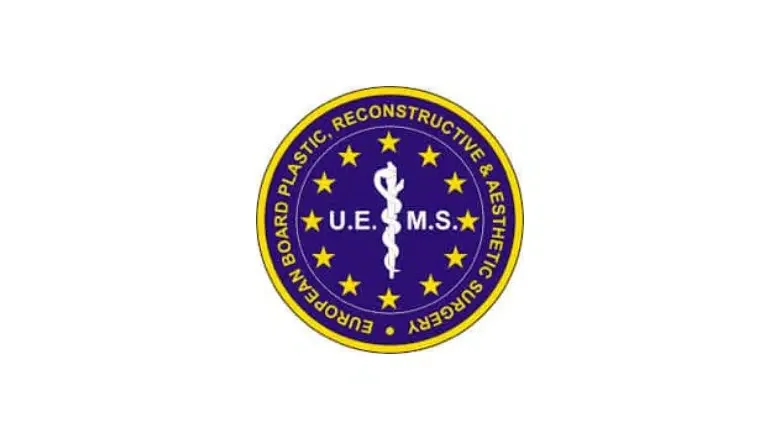A rhinoplasty or nose job is designed to surgically alter the appearance of the nose. Nasal function can also be addressed in those who have breathing difficulties. Your surgeon will determine whether you are a suitable candidate for rhinoplasty before designing a customised treatment plan to meet your needs and desires for surgery. Open rhinoplasty is one of the most common surgical techniques for nose reshaping in London.
RELATED: What is the difference between an open and closed rhinoplasty?
This procedure involves making a small incision between the nostrils at the columella. The columella is the area of skin located between the nostrils that runs from the base of the nose to the nasal tip. Once the incision has been made, the surgeon will gently separate the skin from the nose’s underlying cartilage and bone framework. Once the desired exposure has been achieved, the cartilage and bone are reconstructed or removed from the tip or nasal bridge. The nasal skin is then carefully redraped, and once the desired level of correction has been achieved, the incisions will be closed with non-dissolvable stitches. Although these stitches must be removed at a follow-up appointment, they are associated with better-looking scars than dissolvable ones.
RELATED: Closed rhinoplasty – pros & cons
Am I suitable for nose surgery?
If you are unhappy with the shape or size of your nose, then you may be an ideal candidate for an open rhinoplasty. The procedure can address significant structural problems that may be affecting nasal airflow, leading to difficulty in breathing, such as septal deviation. All patients should be in a good state of physical and mental health and avoid smoking or drinking alcohol for four weeks before and after surgery to ensure optimum healing. If you would like to find out if you are suitable for open rhinoplasty surgery, contact us today to book a face-to-face consultation with a specialist rhinoplasty surgeon.
RELATED: Does A Nose Job Change Your Smile?
When is an open rhinoplasty required?
Your surgeon will most commonly perform this method of rhinoplasty when cartilage grafts are required or when the nose tip requires structural support. This technique is ideal for patients who have large and prominent noses that require surgical reduction or those who have crooked noses that appear asymmetrical. Open rhinoplasty is the most popular technique for nose surgery, as the surgeon has a full three-dimensional visualisation of the nose’s underlying bone and cartilage framework. This permits highly accurate and precise surgical correction.
Open rhinoplasty vs Closed rhinoplasty
Both nose surgery techniques have specific pros and cons depending on the type of surgical correction required. The best technique will be recommended once you have had a physical examination.
Pros of the open approach
- Full visualisation of the internal structures of the nose.
- Better able to correct more severe nasal deformities.
- More accurate and precise results.
- The preferred technique when cartilage grafting is required.
Cons of the open approach
- Associated with increased rhinoplasty swelling in the postoperative phase.
- The surgery takes longer due to the required extra tissue dissection.
- The open approach is associated with a longer recovery time.
- There may be a higher risk of internal scarring due to extensive surgical manipulation of nasal tissue.
Does open rhinoplasty involve breaking the nose?
In many cases, our surgeons do not routinely break the nose during an open nose job procedure. The preferred technique is to precisely sculpt and reshape the nasal bone without fracturing the nasal bones. However, if you have extensive nasal asymmetry or a very wide nasal bridge, your surgeon may recommend fracturing the nasal bones to achieve the desired level of correction.
Will I have stitches, and will they be visible?
Once the surgeon has completed the procedure, the nasal skin is gently redraped back over the underlying bone and cartilage of the nose. Internal stitches are used to reshape the cartilage, and these are the most commonly dissolvable stitches which do not need to be removed. The columella incision will be closed with non-dissolvable stitches and are most commonly removed between five and seven days after open rhinoplasty.
What to expect during the recovery period?
After surgery, it is normal for the nose to develop swelling. Although the degree of rhinoplasty swelling will be determined by several factors, including state of health, smoking or age, the vast majority of no swelling will disappear within the first four weeks.
Week 1
During the first week, your nose will be covered with a nasal splint, and paper strips will be used to protect the underlying skin. You should avoid any strenuous activity during the first week and take plenty of time out for rest and recovery. Avoiding strenuous activity will help to minimise excessive swelling of the nose. You should sleep propped up on a couple of pillows with your head above the level of the chest to help rhinoplasty swelling disappear quickly.
RELATED: How long does rhinoplasty swelling last?
Week 2
The nasal splint will be removed approximately seven days after the procedure. The nose will be examined to assess the state of the healing tissues. Most people will have noticed the bruising and swelling to have settled down sufficiently to confidently be out and about in public.
Weeks 3 and 4
During the third and fourth weeks of rhinoplasty recovery, patients can return to their normal activities of daily living. By this stage, much of the swelling will begin to disappear, and significant improvements will be noticed in the nose’s appearance. Further changes in the shape of the nose will continue to be evident over 18 months after surgery.
Why choose Centre for Surgery for your open rhinoplasty?
Centre for Surgery in London is home to some of the top rhinoplasty specialists in the UK. Our surgeons have extensive training in rhinoplasty surgery and aim to deliver the most comprehensive and transformative results possible using advanced techniques. We perform hundreds of rhinoplasty procedures yearly at our state-of-the-art Baker Street clinic in Marylebone. Our clinic is located in the heart of central London and is easily accessible by public transport or private car. Call us on 020 7993 4849 or complete the contact form below to schedule a rhinoplasty consultation today.

